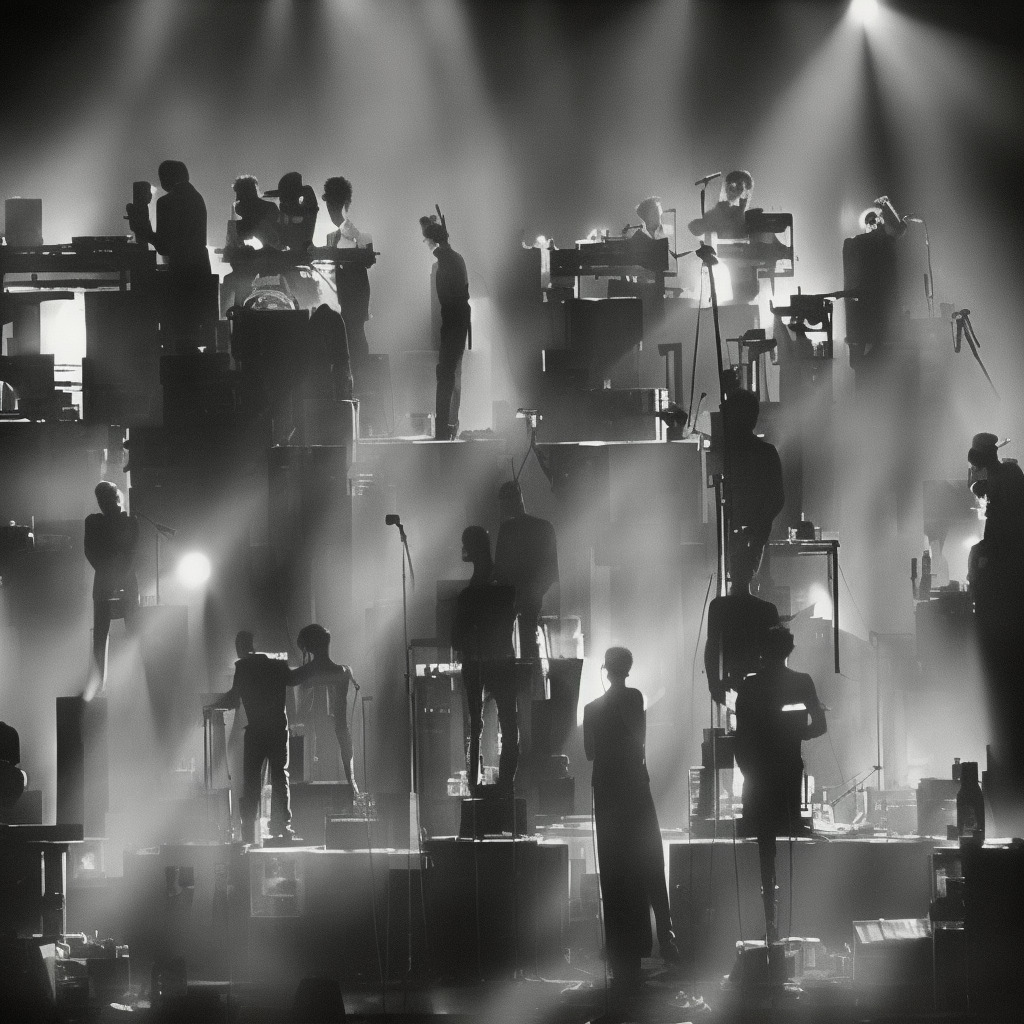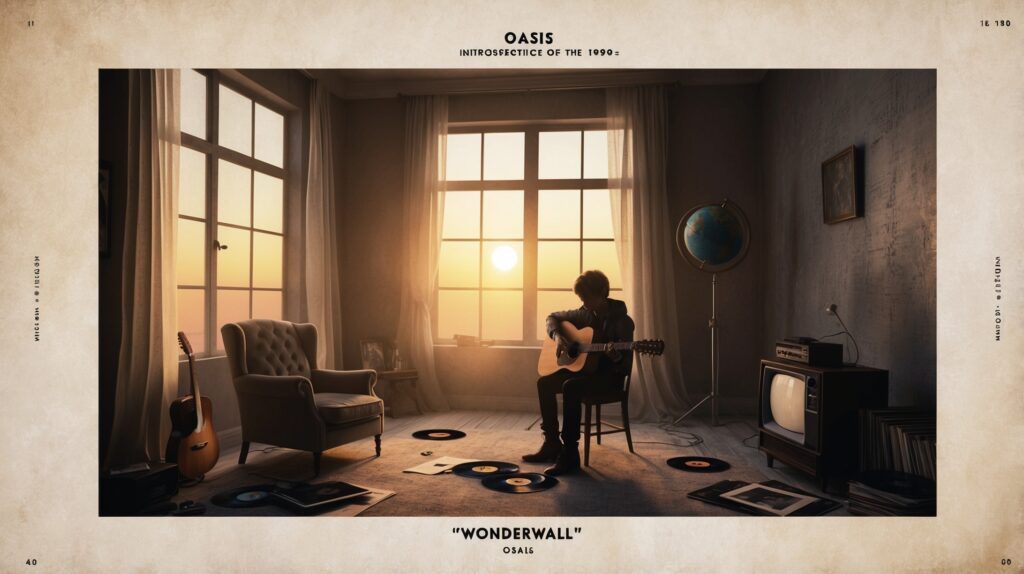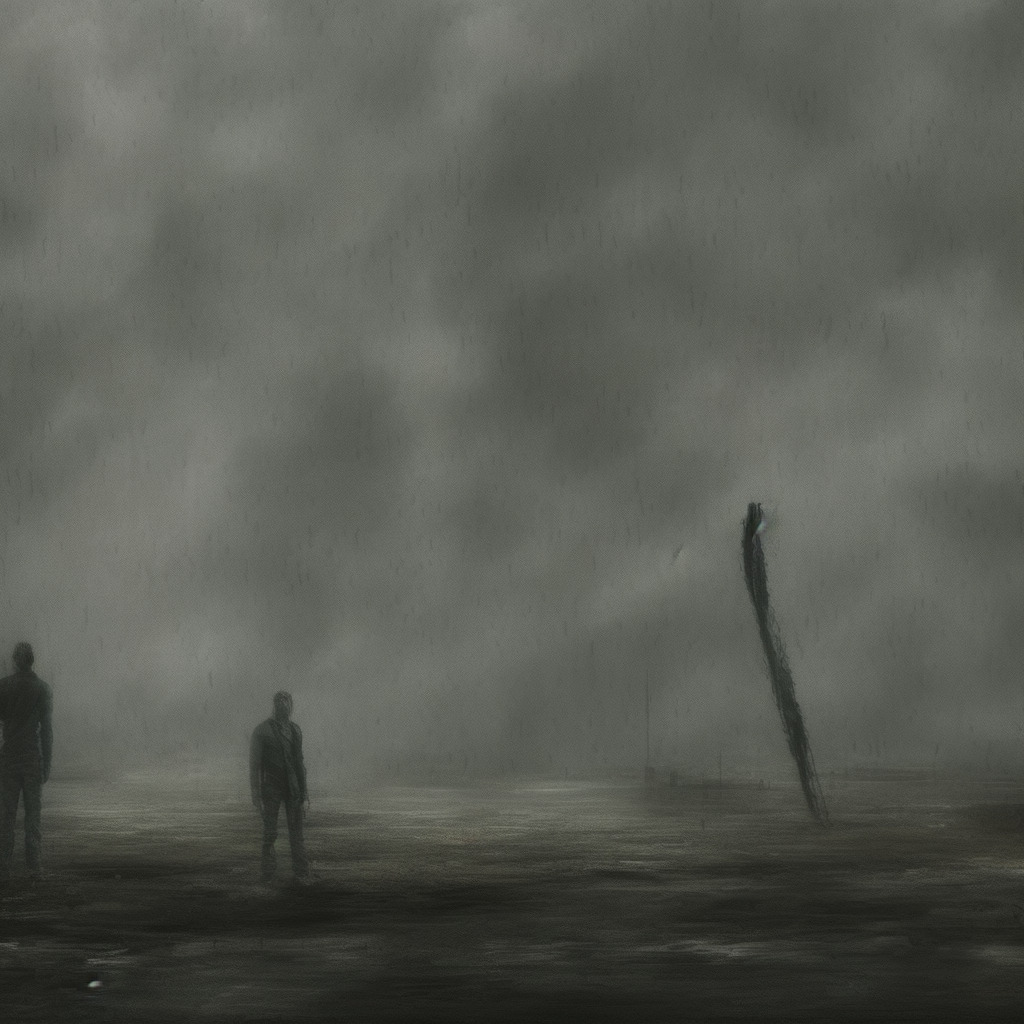Dive into Depeche Mode’s “In Your Room”🎶, a synth-pop masterpiece!🤯 Did you know it was inspired by Elvis’ “Heartbreak Hotel”?🕺 #DepecheMode #FunFact #SynthPopMagic #80sMusicTrivia Read about it: tinyurl.com/r6xj4ja9
Exploring a Classic: The Depth of Depeche Mode’s “In Your Room”
Dive into Depeche Mode’s evocative masterpiece, “In Your Room,” as we unravel its emotional depths, innovative production, and the band’s enduring influence on electronic music.

Depeche Mode, an English electronic band formed in 1980, has always been known for their unique sound and their ability to continuously redefine the boundaries of electronic music. Over the years, the band has evolved through various line-up changes, but the core members have remained the same: Dave Gahan (lead vocals), Martin Gore (keyboard, guitar, vocals, chief songwriter), and Andy Fletcher (keyboard, bass guitar).
One of Depeche Mode’s most compelling songs, and a fan favorite, is “In Your Room,” which appeared on their 1993 album, “Songs of Faith and Devotion.” This haunting, emotional track showcases the band’s mastery in combining dark, evocative lyrics with a powerful electronic soundscape. The song explores themes of love, desire, and the longing for connection, creating an atmosphere of vulnerability and obsession.
“In Your Room” has been praised for its production, which skillfully blends live instrumentation with electronic elements. The song features a prominent guitar riff by Martin Gore and an unforgettable vocal performance by Dave Gahan, who effortlessly conveys the raw emotion and intensity of the lyrics. Furthermore, the track also exemplifies the innovative work of Alan Wilder, who served as a key member of Depeche Mode until his departure in 1995. Wilder’s innovative arrangements and programming brought a unique dimension to the band’s sound.
Over the years, Depeche Mode has been the recipient of numerous awards and accolades. In 2006, they won a Lifetime Achievement Award at the Q Awards, and in 2010, they received the prestigious Ivor Novello Award for International Achievement. In 2020, the band was inducted into the Rock and Roll Hall of Fame, which is a testament to their enduring influence on the music industry.
Despite their widespread success and acclaim, Depeche Mode has not been without its share of criticisms. Some critics have argued that the band’s music can occasionally veer into repetitive or overly-simplistic territory. However, given the band’s longevity and their willingness to experiment with new sounds and styles, such criticisms are relatively few and far between.
Depeche Mode’s “In Your Room” remains a standout track in their extensive discography. The song’s powerful combination of emotion, atmosphere, and innovative production serves as a reminder of the band’s lasting impact on the world of electronic music. Whether you’re a longtime devotee or a newcomer to their work, “In Your Room” offers a perfect example of what makes Depeche Mode truly exceptional artists.
Charting the Course of ‘In Your Room’
“In Your Room” – Depeche Mode’s introspective anthem conquers global charts, leaving an indelible mark on their illustrious legacy.
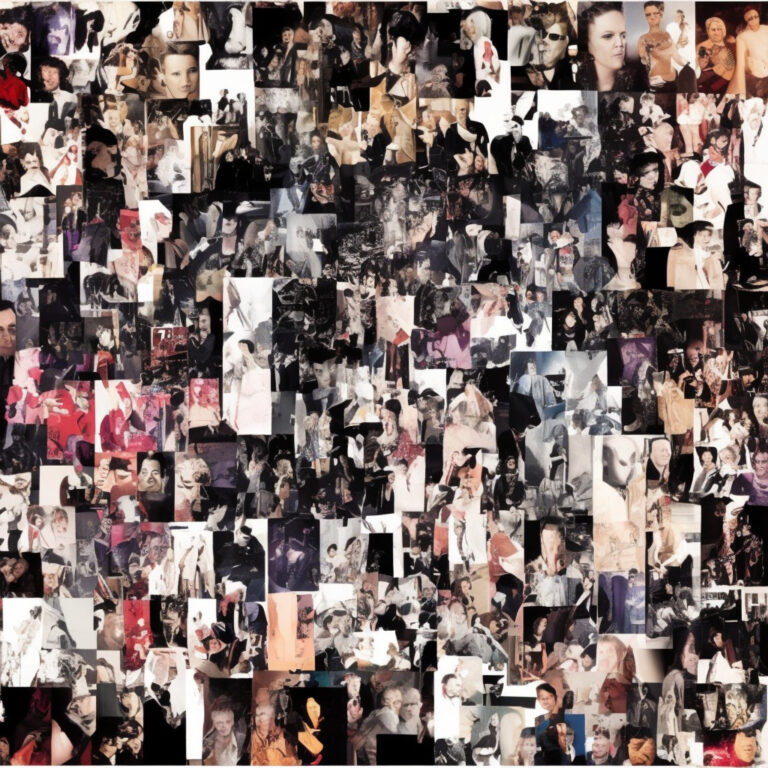
Released on January 10, 1994, “In Your Room” quickly gained momentum and garnered attention from fans and critics alike. Despite its somewhat moody and introspective tone, the song managed to make waves in the charts, achieving notable success in several countries.
In Depeche Mode’s homeland, the UK, “In Your Room” first entered the UK Singles Chart at an impressive No. 8, proving that the band’s fan base was eager to embrace their latest offering. The song then went on to peak at No. 6, which is a commendable feat in and of itself. This chart position marked the band’s 13th top 10 single in the UK, further cementing their status as one of the country’s most successful and enduring acts.
Meanwhile, across the pond in the United States, “In Your Room” fared relatively well on the Billboard charts. While it may not have reached the same lofty heights as it did in the UK, the track still managed to climb its way to No. 8 on the Billboard Modern Rock Tracks chart. Considering the vast and diverse competition on this particular chart, breaking into the top 10 was no small accomplishment for Depeche Mode.
In addition to its success in the UK and US, “In Your Room” also found its way onto music charts in numerous other countries. The song peaked at No. 2 in Finland, No. 4 in Denmark, No. 9 in Sweden, and No. 10 in Switzerland, proving that the band’s appeal extended well beyond their primary fan bases.
Though it didn’t top the charts in any particular country, the widespread chart presence of “In Your Room” is a testament to Depeche Mode’s global impact and enduring popularity during this period in their career. It’s clear that the song’s dark, brooding atmosphere struck a chord with listeners around the world, and its chart performance is still remembered as a standout moment for the band over two decades later.
Delving into the Deep Meanings of “In Your Room”
Where time stands still
Or moves at your will
Will you let the morning come soon
Or will you leave me lying here
In your favourite darkness
Your favourite half-light
Your favourite consciousness
Your favourite slave
In your room
Where souls disappear
Only you exist here
Will you lead me to your armchair
Or leave me lying here
Your favourite innocence
Your favourite prize
Your favourite smile
Your favourite slave
I’m hanging on your words
Living on your breath
Feeling with your skin
Will I always be here
“In Your Room,” released in 1993 by Depeche Mode as part of their album “Songs of Faith and Devotion,” is a powerful track that explores the vulnerability and intimacy of a relationship. With its haunting melody and intense lyrics, “In Your Room” captures the essence of the early 1990s, a time when grunge and alternative rock were thriving and society was grappling with complex issues such as mental health and the human condition.
The lyrics evoke the image of being in a lover’s room, a place where time stands still and the world outside fades away. This room becomes a sanctuary where the narrator can escape from the harsh realities of life, experiencing a sense of solace in the darkness and half-light. The line “Your favourite consciousness / Your favourite slave” depicts a deep emotional connection between the two individuals, one that is both fulfilling and all-consuming.
During the early 1990s, society was experiencing significant changes, including the dissolution of the Soviet Union and the rise of the internet. These events led to a sense of uncertainty and disconnection, which is mirrored in the lyrics of “In Your Room.” The song delves into the idea of finding solace and connection in another person during a time of overwhelming change and instability.
The repeated mention of “your favourite” in the lyrics highlights the idea of being someone’s preferred choice, a comforting concept in a world where people often feel disposable or insignificant. This notion of being cherished and wanted resonates strongly within the emotions of the era, making the lyrics of “In Your Room” both timeless and deeply relevant.
“In Your Room” is a testament to Depeche Mode’s ability to create evocative and meaningful music that transcends time and genre. The song’s lyrics, infused with raw emotion and vulnerability, continue to captivate listeners and offer a glimpse into a complex era of history.
A Visual Journey Through “In Your Room”
Eerie elegance: Depeche Mode’s “In Your Room” music video enchants with haunting visuals, signature iconography, and Corbijn’s artistic mastery.
The music video for Depeche Mode’s “In Your Room” is as captivating as the song itself. Directed by Anton Corbijn, a renowned Dutch photographer and filmmaker, the video features the band members – Dave Gahan, Martin Gore, and Andrew Fletcher – alongside model and actress Lysette Anthony. Corbijn, who has been an ongoing collaborator of Depeche Mode, is known for his signature black-and-white aesthetic and a keen eye for artistic visuals.
The video, released in 1993, takes place in a dimly lit space surrounded by mirrors, adding a layer of eeriness to the atmosphere. The haunting visuals perfectly complement the melancholic and moody tone of the song. The production costs were kept relatively low, but this didn’t hinder the video’s impact or creativity. The simple setting allows the viewer to focus on the intensity of the visuals and the powerful delivery of the song by the band.
Throughout the video, Corbijn showcases the band members in various scenarios, such as Gahan being tied up and suspended from the ceiling, Gore bound in a straitjacket, and Fletcher playing chess with death. These dark, surreal images add to the song’s themes of obsession and confinement. The choice to film in black and white also emphasizes the bleakness and emotional weight of the track.
Additionally, the video cleverly incorporates the band’s signature iconography, such as the rose and the violation glove, which fans will instantly recognize. These subtle touches add a sense of familiarity for longtime Depeche Mode followers, while still providing a fresh visual experience for new fans.
While there isn’t an official alternate version of the video, fans of Depeche Mode have taken it upon themselves to create their own tributes, remixes, and fan-made videos. A quick search on YouTube will result in various reinterpretations and visual accompaniments to “In Your Room,” showcasing the dedicated fanbase and the song’s lasting influence on popular culture.
In summary, the music video for “In Your Room” stands as a stunning visual representation of Depeche Mode’s distinctive sound and aesthetic. Anton Corbijn’s artistic approach and the band’s emotive performance make it a memorable and evocative piece of art that continues to captivate fans to this day.
The Mastermind Behind “In Your Room”
The genius composer behind Depeche Mode’s hit song “In Your Room” is none other than Martin Gore. As the band’s primary songwriter, Gore has been the driving force behind many of their timeless classics. Notably, he penned chart-toppers such as “Enjoy the Silence,” “Personal Jesus,” and “Policy of Truth.” His signature blend of introspective lyrics and flourishing melodies has made him a key figure in the shaping of the band’s iconic sound over the years. Additionally, Martin Gore’s influence extends beyond Depeche Mode, as his work has been widely acknowledged and respected in the music industry, inspiring a multitude of artists across various genres. As the architect of “In Your Room,” his vision and creativity are once again on full display, leaving a lasting impact on the legions of Depeche Mode fans and music enthusiasts alike.
Awards, Accolades, and Notable Appearances
“In Your Room”: Depeche Mode’s 1994 chart-topping hit, immortalized through film, TV, covers, and remixes, remains a testament to their groundbreaking influence in music.
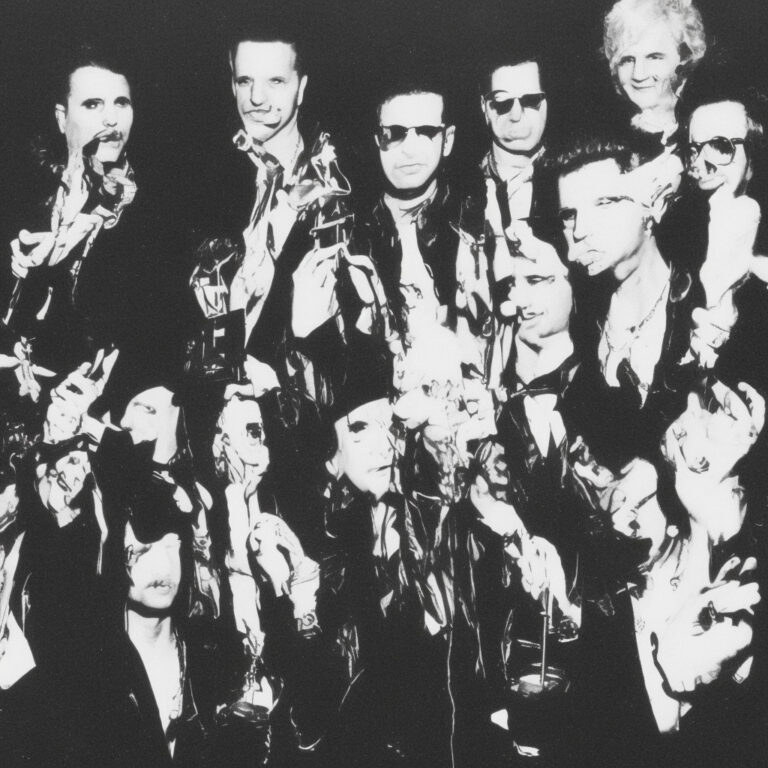
“In Your Room” has garnered significant recognition and accolades since its release in 1994 as part of Depeche Mode’s album, “Songs of Faith and Devotion.” The song reached impressive chart positions worldwide, peaking at number eight on the UK Singles Chart and number two on the US Billboard Hot Dance Club Play chart. This success further solidified Depeche Mode’s position in the music industry as a groundbreaking and influential band.
The song’s popularity caught the attention of film and television producers, which led to “In Your Room” being featured in several movies and TV shows. Most notably, the track was included in the 1994 film “Threesome,” starring Lara Flynn Boyle, Stephen Baldwin, and Josh Charles. Additionally, the song made appearances in popular television shows like “Miami Vice” and “Cold Case,” allowing it to reach an even wider audience.
As a testament to the song’s lasting impact, “In Your Room” has been covered by multiple artists over the years. One notable cover version is by Canadian singer-songwriter Lowell, who released her rendition in 2016. Lowell’s version offers a fresh take on the original, with a more indie-pop and electronic feel. German synthpop band !distain also recorded a cover of the song in 2017, giving it a new twist while still paying homage to Depeche Mode’s iconic sound.
“In Your Room” has also been remixed several times, further showcasing its versatility and adaptability to various musical styles. Some of the most notable remixes include “The Jeep Rock Mix” by Johnny Dollar with Portishead, “The Extended Zephyr Mix” by Butch Vig, and “The Adrenaline Mix” by The Orb. These remixes allowed the song to reach different audiences and demonstrate its ongoing relevance in the music industry.
Overall, the lasting legacy of “In Your Room” is evident in its numerous accolades, media appearances, cover versions, and remixes. The song continues to resonate with fans and remains a defining track in Depeche Mode’s vast and influential discography.
Diving Deeper into the Musical Structure
“In Your Room” showcases Depeche Mode’s penchant for combining dark and moody atmospheres with a strong melodic foundation. The song is written in the key of A minor and starts off with a simple, yet haunting piano riff that sets the tone for the entire track. As the song progresses, we are introduced to the main chord progression, which consists of Am, G, F, and E chords. This progression lends the song its melancholy, yet powerful and memorable, vibe.
The tempo of “In Your Room” is moderately slow, settling around 87 BPM (beats per minute). This choice of tempo provides a fitting backdrop for the song’s introspective and dark lyrics, while also allowing the listener to truly appreciate the nuances of the vocal melodies and instrumental arrangement. The 4/4 time signature is a staple in Depeche Mode’s catalog, giving the song a familiar and accessible feel.
One of the standout elements of “In Your Room” is the use of various synthesizer sounds and textures that are carefully interwoven throughout the arrangement. The band’s deft touch with these instruments is on full display, as they utilize them to create a rich sonic landscape that envelops the listener. The song also features a driving bass line that adds a sense of urgency and propels the track forward, as well as an intricately programmed drum pattern that keeps the listener engaged and on their toes.
The structure of “In Your Room” follows a traditional verse-chorus-verse format, with the addition of a pre-chorus that helps to build anticipation for the powerful and emotive chorus. The bridge section of the song serves as a brief respite from the intensity of the rest of the track, featuring a stripped-down arrangement and a focus on the ethereal vocal harmonies. This section provides a nice contrast and allows the listener to fully absorb the emotional weight of the song before it builds back up for the final chorus.
Overall, “In Your Room” is a shining example of Depeche Mode’s ability to craft songs that are both musically sophisticated and emotionally resonant. The track’s carefully constructed arrangement, combined with its strong melodic core, make it a standout in the band’s extensive catalog and a favorite among fans and critics alike.

